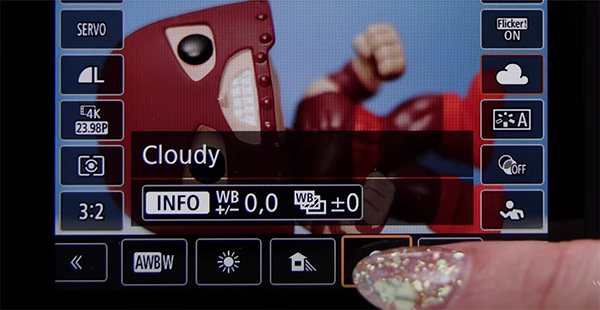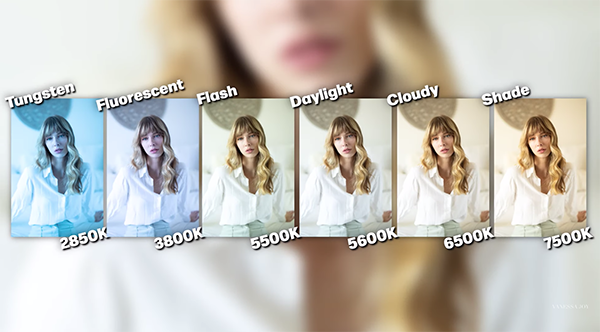How In-Camera White Balance Settings Affect Your Photos (VIDEO)
If you’re unsure sure how to use a camera’s White Balance settings to modify the look of an image, the quick tutorial below is just what you need to eliminate the confusion. You’ll also receive a clear answer to this common question: “WTF are Kelvins?”
“White Balance is actually one of the most important aspects of photography,” according to professional photographer Vanessa Joy. And while she happens to specialize in portraiture, her six-minute explainer pertains to just about any types of photos you shoot. Today you’ll learn the best camera setting to choose to achieve natural looing results for whatever subjects you confront.
Joy explains that White Balance involves the concept pf color temperature, measured in Kelvins, and why choosing the wrong setting for the task at hand may result in images that look too blue or too yellow. She demystifies the typical setting available, which include Auto, Daylight, Cloudy, Flash, and Fluorescent.

There’s more to this quick episode, however, than color theory and clear definitions. There are practical aspects too, as Joy demonstrates exactly how to achieve realistic photos with perfect balance. It’s also possible to step outside the box and add a creative touch when a natural effect isn’t the goal.
Joy uses her Canon digital camera for this practical guide, but everything works pretty much the same with whatever brand or model your own. Some photographers are under the impression that the Auto White Balance technology in today’s modern cameras is so good that other default options are unnecessary. Unfortunately, that’s not always true, depending upon the lighting conditions you confront.
It’s also important to note that a camera’s White Balance settings don’t fall into the set-it-and-forget it category. That’s because color accuracy requires that you carefully change the selected option whenever shooting situations change. Joy says this warning holds true even when shooting in Raw.

White Balance is measured in Kelvin, as noted above, often represented by the letter K preceded by four numbers. Joy describes explains how each setting changes tones from really cool on the low end to very warm at higher settings. Mirrorless cameras make things easy in this regard, because you’ll be able to view the effect of the settings you choose on the rear LCD.
In addition to the common presets in your camera, you can create custom Kelvin values manually for ultimate control. Joy also notes that some lenses have a built-in control ring that can be set to modify White Balance as it’s rotated to the left or to the right.
There’s a lot more to learn on Joy’s popular YouTube channel. So pay a visit when you have time to explore. We also suggest watching the tutorial we posted earlier from another accomplished pro, explaining three unique “laws of photography” that you may not have heard before.




